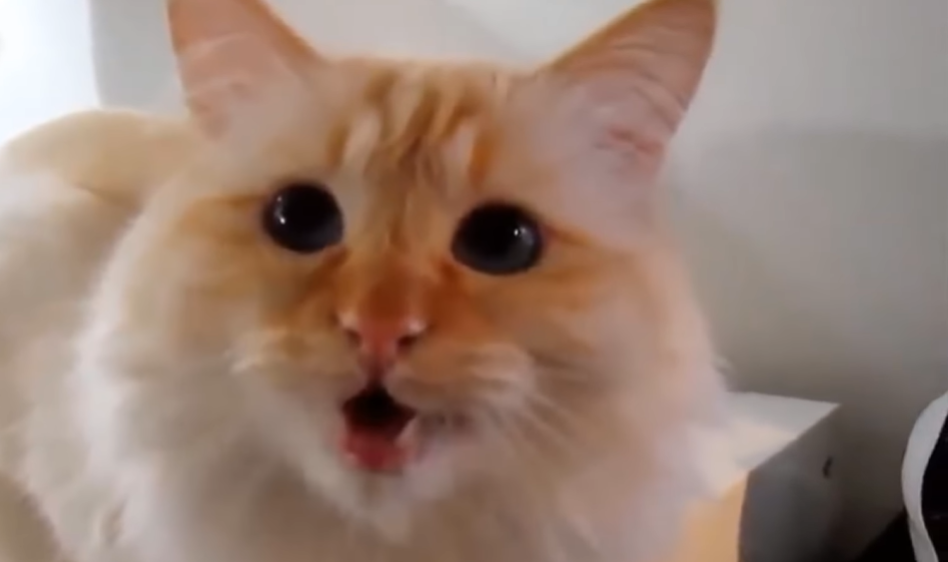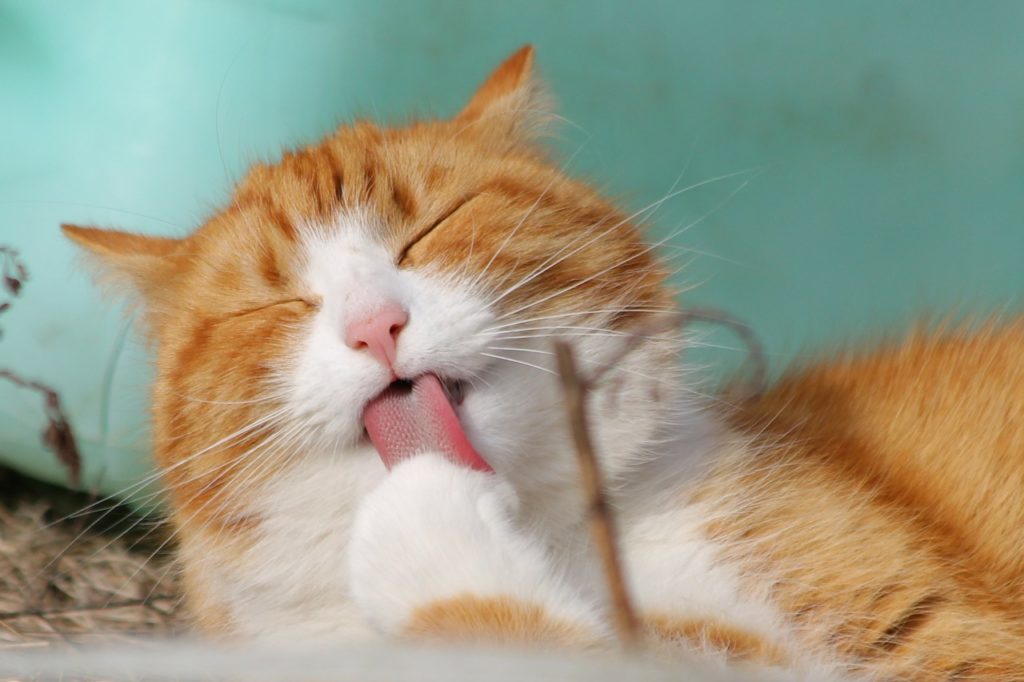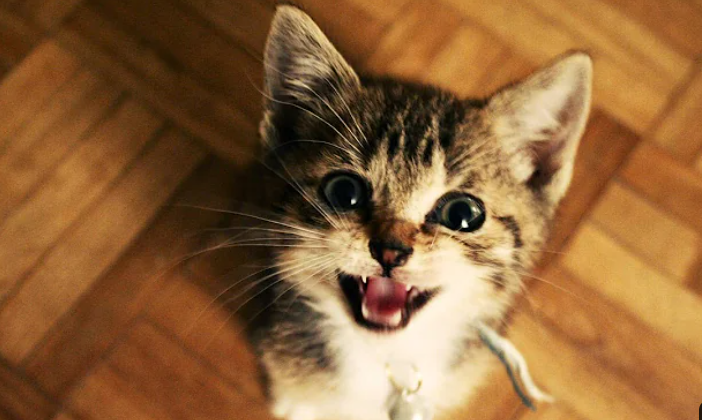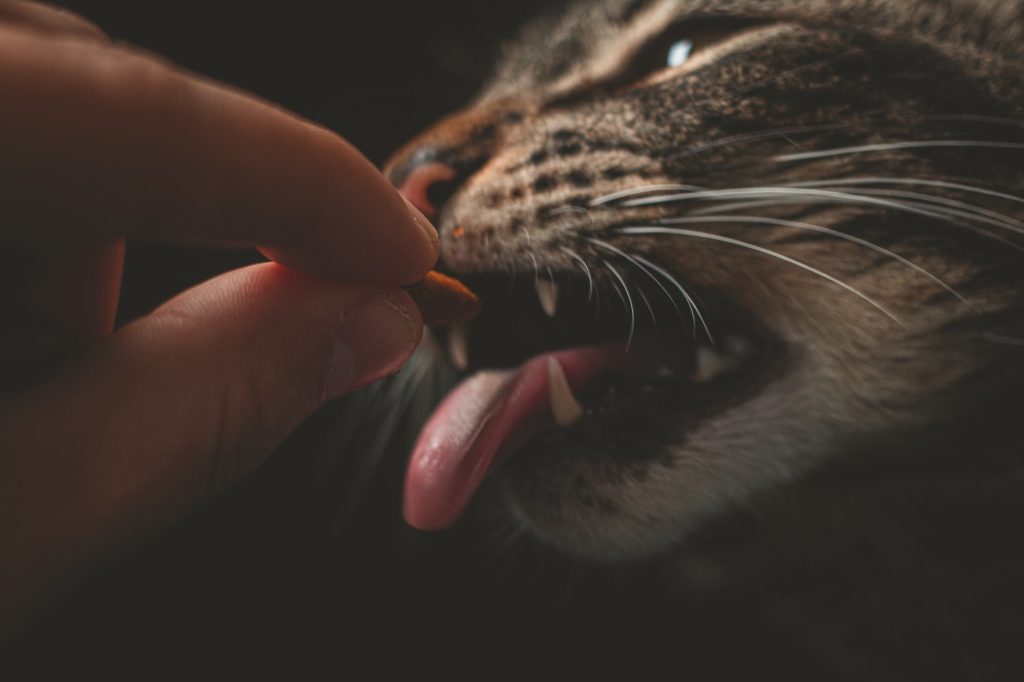If you are a cat owner or owned a cat at one time, you probably wish there were times when your cat could talk. Our pets don’t have the fortunate ability to voice what they are thinking. Sometimes you hear odd vocal sounds from your cat, different from a meow, sometimes like a yowl or other cat noise.
Is it possible that it wasn’t just your cat being random? There are so many varying sounds that your cat can make, and believe it or not, each sound has its meaning.
If you pay close attention to the sounds coming from your cat and can hear differences and variations in the voice, it can help you understand more about the cat’s mood or behavior. After all, as pet owners, we want to ensure we can care for our cats and look out for their safety.
They don’t have as many facial capabilities as humans or even dogs. But their vocal sounds, body language, and routines contribute to their overall personalities.
When you can decipher your cat’s sounds, you can care for it more effectively. Here are some of the common vocalizations your cat can make and what they indicate concerning your cat’s feelings, behavior, and mood.
The Standard ‘Meow’ Vocal Sound
Generally, most people associate the “meow” as the cats’ primary sound. After all, when we teach children what sounds animals make, the cat is always labeled with a “meow.” A standard meow is indeed the primary vocalization that cats use to communicate with humans rather than when associating with other felines.

Kittens use the ‘meow’ sound after they are born. It’s their call out to their mothers. This ‘meow’ vocalization cats are born with aid in alerting their mothers but fade away as they mature if wild and without domestication. They maintain the ‘meow’ as domesticated pets.
Your cat uses the meow when it wants something from you as owner. It could signify that the meow is just for attention, but your cat may also be hungry, thirsty, or a simple greeting when you come home. Occasionally, the meow could mean that your cat feels lonely or ill.
If the meowing is accompanied by other signs like scratching or licking, you might want to check for fleas. Older cats meow because they have difficulty seeing, hearing, or moving.
If you notice your cat is meowing more frequently, that’s a significant indication that your cat desperately wants attention. Other prolonged or drawn-out meows might mean annoyance or aversion to something.
Cat Purr Sound
Purrs are easy to hear and distinguish from other cat sounds. It’s deep and throaty, with vibrations you can feel through the fur. The deep purr most frequently indicates that your cat feels very content and happy at the moment. You’ll often hear the quiet purrs when your cat is resting, and you are petting it.

Since purrs are often a sign of contentment, it is scarce that a purr could mean much else. However, there is the possibility that your cat’s purr is one of worry.
Look for signs that your cat isn’t happy when it purrs if you notice that its body posture is different, with its ears laid back and body tense (not lying down). That type of purr indicates that there is a concern, or that your cat is on the defense.
Cat’s Hiss or Yowl
Unhappy cats can make some very distinct vocal sounds. A hiss from a cat when it opens its mouth wide is unmistakable; it shows your cat feels threatened or scared and is ready to fight.
Usually, it is accompanied by snarls and growls and some noticeable changes in body language, such as an arched back end, hair standing up, and flattened ears.
A yowl is a long, drawn-out, almost moan. The yowl is usually when your cat is conversing with another fellow cat. Girl cats generally yowl when they are in heat, which can indicate they are ready to mate.

Mating can lead to screams from female cats, which can be disturbing. You might consider having your pet cat spayed or neutered.
The yowl is also a warning sign to other cats, indicating they don’t want the invading cat in their territory or space. Be careful if you decide to move and relocate your pet cat to another area because it may be more prone to yowling as a way of stating that it misses its old home.
The expert vet technicians at Bond Vet Animal Hospital cater to cats with the yowl issue. According to them, yowls could also indicate illness in your cat. So, if you notice your cat is yowling frequently, you might want to contact your veterinarian to check for any problems.
There is the possibility that any ailments as your cat ages may lend themselves to more cat yowls or moans, and a vet can accurately pinpoint what is wrong.
Cat Chirps and Trills
There are bird-like vocal sounds your cat can make, sounding as chirps and trills. They are colorful and used by many mother cats to tell their kittens it’s time to pay attention. Pet cats use this sound as a way to gain attention, too.

It’s a “cat chatter” method when you hear different chirps or sounds from your cat. Perhaps your cat is in view of another animal, such as perched and looking out of a window. Cat chirps and trills often indicate excitement, maybe at the sight of another animal or with the hopes of being able to go outside and catch it!
Understanding Your Cat’s Sounds
You should now have a better understanding of what vocal sounds your cat makes telling you and how your cat is feeling. As is with any pet, if you experience your cat making disturbing or startling sounds, you may be inclined to contact your veterinarian.
Some cats may be more vocal than others to be more talkative. In other cases, your cat could be suffering from debilitating arthritis and desperately need your attention and help.
It might help to research your particular cat’s breed to discover the familiar vocal sounds it makes. You may even find some recordings in your exploring, which can help you to uncover with more certainty how your cat feels.
